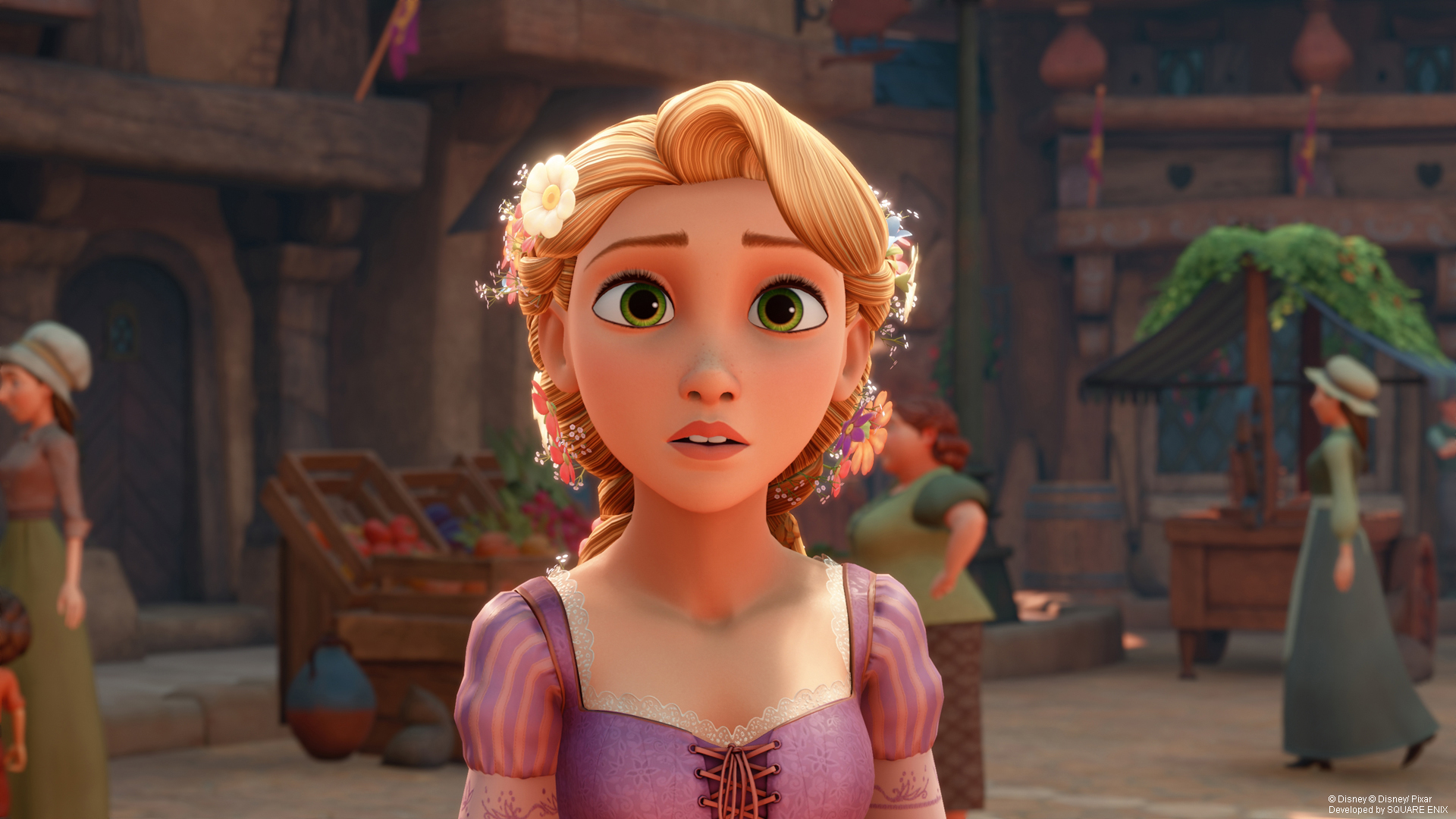Four years ago, the trajectory of Kingdom Hearts III's development radically changed when Square Enix announced that development of Kingdom Hearts III on the Luminous Engine would cease production and the company would shift development over to Epic Games’ third-party engine Unreal Engine 4.
Kingdom Hearts III’s Reveal Used The Luminous Engine
In June of 2013, Kingdom Hearts III was officially revealed to the public. While some fans have wrongly assumed the game had been in development since 2010, development of the game only began after the release of Kingdom Hearts 3D: Dream Drop Distance in 2012.
The game was announced to be developed using the in-house game engine, the Luminous Engine, alongside Final Fantasy XV, another game that was revealed at E3 2013 (after development on Final Fantasy Versus XIII was canned and ultimately rebooted).
Over the course of 2013, two videos of Kingdom Hearts III were released. The first was the reveal trailer which focused on Sora landing on the Destiny Islands and picking up the Master Defender Keyblade before the action swaps to Twilight Town where Sora is chased by the Devil Swarm.
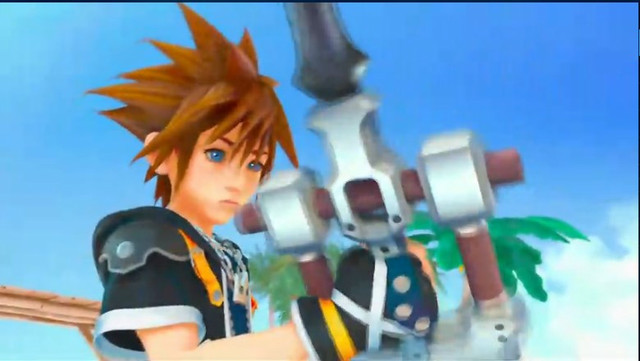

Two screenshots from the E3 2013 reveal of Kingdom Hearts III.
In November 2013, as part of D23 Japan, a gameplay preview was shown off that highlighted the action gameplay that the series was returning to. Sora, wielding the Shooting Star Keyblade, attacks Heartless with Goofy and Donald in tow in Twilight Town. He transforms the Keyblade into dual guns and shoots at the Heartless before summoning a Pirate Ship. The action then turns to a boss battle against the Rock Titan in Olympus where Sora summons another attraction, the Big Thunder Mountain Road rollercoaster.
Over the course of the year we were only given information about Kingdom Hearts III’s development during interviews with Tetsuya Nomura, the creator of Kingdom Hearts and director of Kingdom Hearts III. Many were hopeful to get a new look at events throughout 2014 such as E3 and the Tokyo Game Show, however the odd silence surrounding the game had fans worried.
It wasn’t until October of 2014 did it become clear why we hadn’t seen Kingdom Hearts III in almost a year. On October 6th 2014, during an interview with Famitsu, Tetsuya Nomura confirmed that they were having difficulties rendering with Luminous Engine and, thanks to pressure from Square Enix, development was shifted to Unreal Engine 4.
---Once more, may we as about the state of development on KH3?
Nomura: It’s moving steadily along the estimated schedule. As an effect of us changing the game engine to Unreal Engine 4, which we did for several reasons, we had a lot of problems with the image creation, but we have been able to progress without incident with the collaboration of Epic Games.
Since then, the Luminous Engine has only seen one game through to completion. Final Fantasy XV launched in 2016 and continues to get support through downloadable content, multiplayer expansions, and patches. Luminous Productions was formed at Square Enix to develop new AAA titles and bring innovative games and other content to a global audience. It was clear that developing the engine alongside multiple games provided issues, which prompted Square Enix to swap Kingdom Hearts III’s development to Unreal Engine 4.
In late December 2014, co-director Tai Yasue confirmed that development of Kingdom Hearts III was finally moving forward after the Osaka team transitioned the development over to Unreal Engine 4.
“Now that we’ve worked out Unreal Engine 4 as our development environment, as well as the general structure of the team and fresh new look for the game and its accompanying shader, development of Kingdom Hearts III is moving forward as we now focus on making things like new Attractions and Keyblade transformations. We’re hoping to be able to show our fans the fruits of these labors step by step during 2015, so stay on the lookout for more information!”
How Kingdom Hearts III’s Graphics Have Evolved Over Time
At E3 in June of 2015, Square Enix showed off the first footage of Kingdom Hearts III on Unreal Engine 4. The updated visuals were married with a brand-new Disney world reveal, that of Disney’s Tangled. The trailer featured English voice acting, an extended look at the Olympus World, and more of the updated gameplay. It was a very rough look at a very early version of the game, but fans were worried about the look of the character models, such as Sora, citing that he looked like he was designed out of clay.
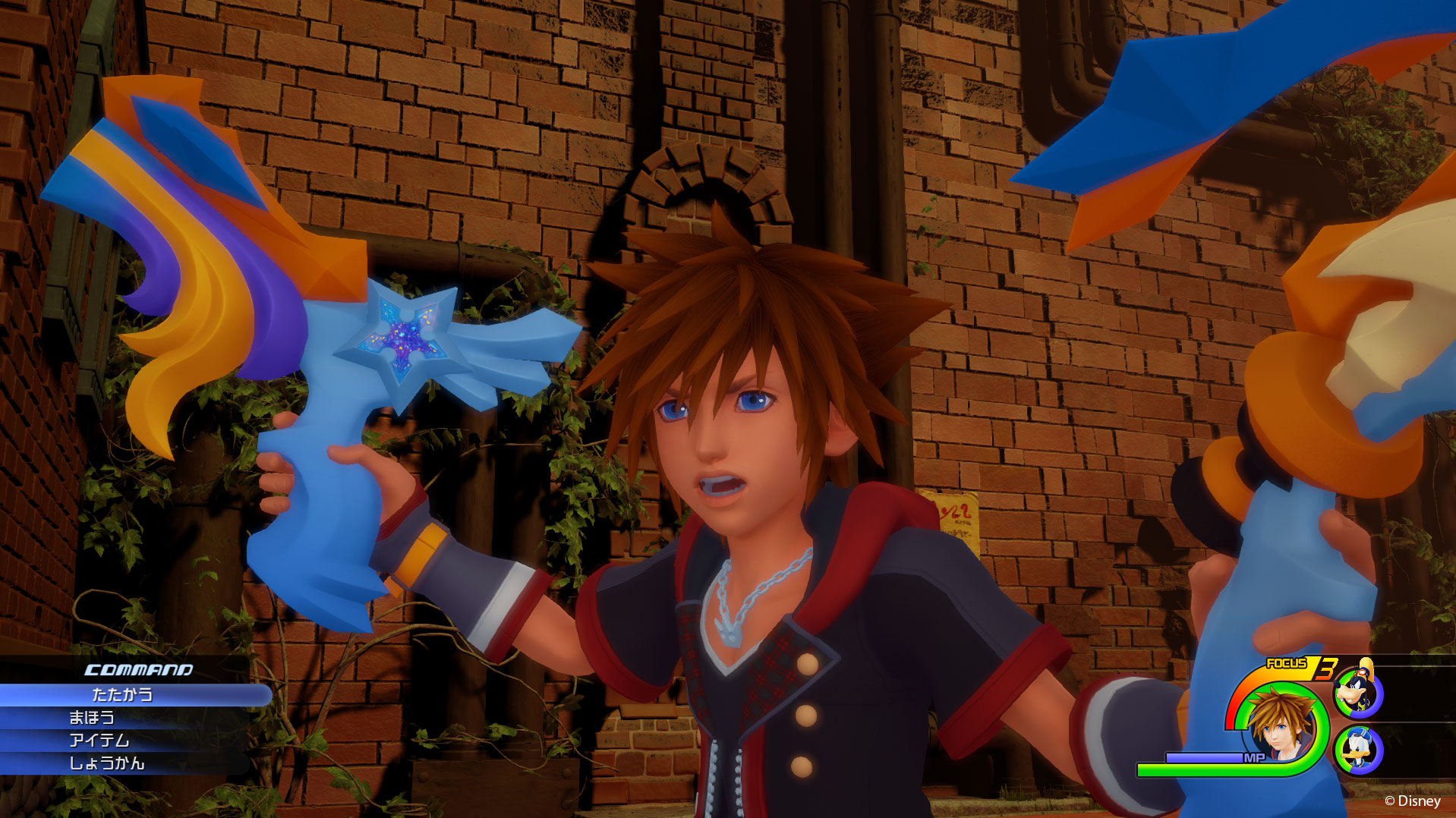

Left: Sora in June 2015. Right: Sora in September 2018.
The use of lighting and improvements to the models allow for Sora to look even better than before.
While fans were worried that the graphics weren’t going to change from that first look, a few months later Square Enix announced that a prologue to Kingdom Hearts III would be released in 2016. At the Sony Tokyo Game Show conference in 2015, Square Enix announced Kingdom Hearts HD 2.8 Final Chapter Prologue for the PlayStation 4.
The game would be the first Kingdom Hearts game to launch on the PlayStation 4, and it boasted both a playable prologue, Kingdom Hearts 0.2 Birth by Sleep -A Fragmentary Passage-, and a movie, Kingdom Hearts X Back Cover, being created using Unreal Engine 4. This game would be delayed due to other Square Enix games and launched in January of 2017.
Within two years of Kingdom Hearts III's development changing to Unreal Engine 4, the Osaka team had split off and a team had created a three-hour playable prologue and a 60-minute movie while also working on Kingdom Hearts III.
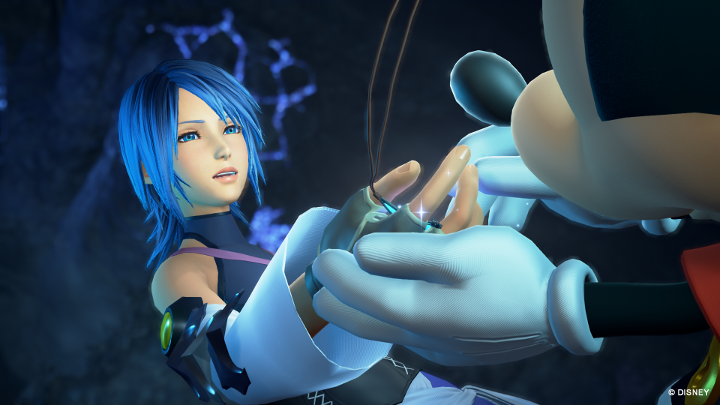
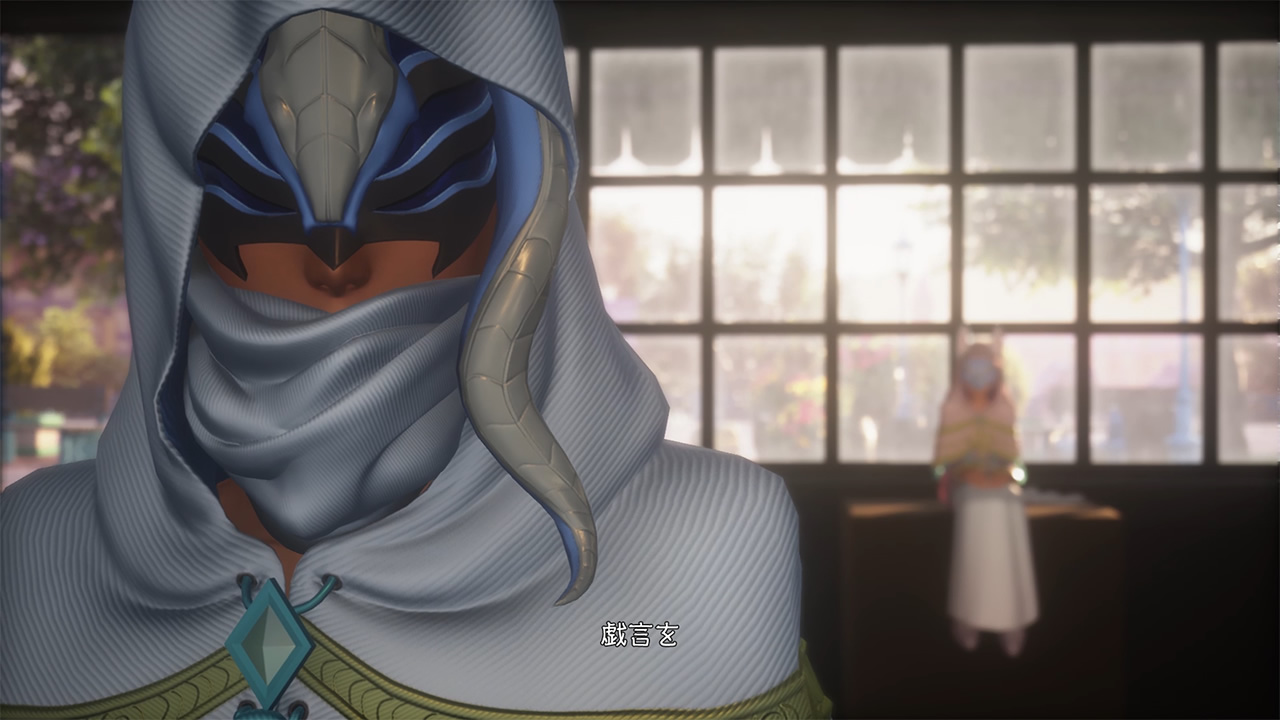
Kingdom Hearts 0.2 and Kingdom Hearts X Back Cover were the first time fans could go hands-on with an Unreal Engine 4 version of Kingdom Hearts.
This game took the focus off of Kingdom Hearts III from December 2015 to January 2017. Aside from a handful of screenshots released sporadically over the 18 months, Kingdom Hearts III was quietly developed within the Osaka studio of Square Enix. Thankfully fans did have Kingdom Hearts HD 2.8 Final Chapter Prologue to focus on for a year, as well as ports of Kingdom Hearts HD 1.5+2.5 ReMIX.


These two screenshots were released months apart, but already showed a great improvement in graphical design over the 2015 re-reveal.
When Kingdom Hearts HD 2.8 Final Chapter Prologue released, it gave fans their first real feel of how the Osaka team were developing the gameplay of Kingdom Hearts III. The previous style of Kingdom Hearts’ gameplay mixed with the use of Unreal Engine let the series expand and grow while retaining a sense of familiarity.
Kingdom Hearts X Back Cover was a pre-rendered movie and as such it was visually gorgeous to watch. Kingdom Hearts 0.2 was similar in that it was gorgeous to look at but, instead of having everything be pre-rendered, it needed the character models and environments to not only look beautiful but also being fully interactive too. It was also the first time that the Osaka team had to actually use actual lighting during gameplay and cutscenes, which elevated the series to a whole new level.
Kingdom Hearts III was brought back into the lime light in June of 2017 with a trailer that focused predominantly in Olympus. It showed off various areas within Olympus, as well as character models for Hercules, Maleficent, Pete, and Hades. After 18 months of being developed without the need for trailers of the game, the jump in visuals from E3 2015 and the extended trailer at Jump Festa 2016 was clear. Kingdom Hearts III's visuals were only improving and the game was aiming for something truly beautiful.
The game visuals of the game were only pushed to the extreme a month later when it was announced that the first Pixar world would be coming to Kingdom Hearts III. Toy Story was revealed in a triumphant fashion, and it blew both fans and non-fans away with how close it looked with the movies. Even Pixar admitted that they were incredibly impressed by what Square Enix was able to achieve with that world.
.jpg)

Kingdom Hearts III features incredibly differing visuals, with each world taking on a different art style.
Since then, a variety of new and visual different worlds had been announced. The hyper-realistic world of Pirates of the Caribbean was announced two days after the reveal of a world based on Frozen. Big Hero 6 was revealed a month ago at the Tokyo Game Show and the character models look very similar to that of the movie whereas Monsters. Inc is able to take on real time rendering of Sully’s hair (in Monsters. Inc, there were 2,320,413 individually animated hairs on Sully. It took 11 to 12 hours to animate a single frame featuring Sully.).
It is clear that the Osaka team, within these last four years, have really adapted to developing with the Unreal Engine 4 and have pulled off some amazing results. Even just the results in character models from show clear improvement.


Left: Mickey Mouse in Kingdom Hearts 0.2 Birth by Sleep. Right: Mickey Mouse in Kingdom Hearts III.
While it has only been four years since the change to Unreal Engine 4 and development of Kingdom Hearts III really kicked off, with the amount of graphical changes and art changes throughout the various worlds, is Kingdom Hearts III looking like one of the most varied and gorgeous games on PlayStation 4 and Xbox One?
There are only a few more months until Kingdom Hearts III launches on January 25th 2019 in Japan and January 29th 2019 worldwide on both PlayStation 4 and Xbox One. Stay tuned to KHInsider for more Kingdom Hearts III news!




